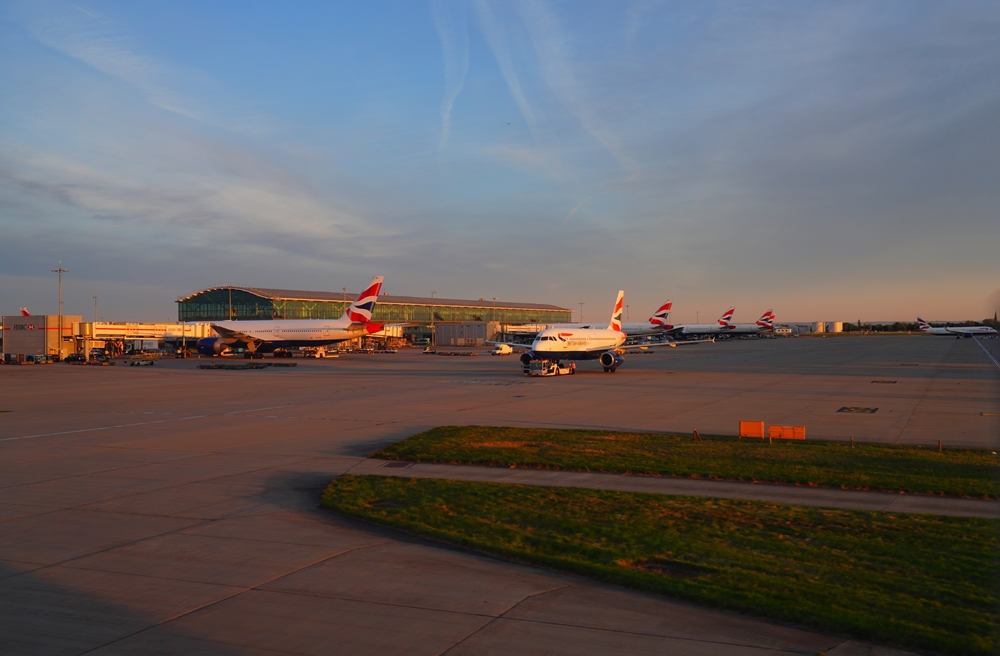Realising the value of RCM in A&D
 Reliability Centred Maintenance (RCM) is currently regarded as one of the key methodologies to allow maintenance engineers to do more with less and to minimise risk and there are seven basic actions that need answering in order to implement effective RCM in the aerospace and defence market.
Reliability Centred Maintenance (RCM) is currently regarded as one of the key methodologies to allow maintenance engineers to do more with less and to minimise risk and there are seven basic actions that need answering in order to implement effective RCM in the aerospace and defence market.
The origins of RCM were based on the need to manage the increasing equipment complexity and costs within the aviation industry.
The traditional approach to maintenance planning usually involves a preventive regime rather than one based on intervention and repair when there actually is a failure, yet this approach can often compound the situation and introduce further failure.
RCM on the other hand, provides a safe and defensible maintenance strategy that offers optimal levels of maintenance and safety for assets while generating a financial ROI and conforming to regulatory compliance, by providing a 21st century scientific approach to the establishment of safe optimum levels of maintenance. It supports the development of capital maintenance regimes and plans, essential to increasing cost effectiveness and equipment uptime, while providing a greater understanding of the level of risk that an organisation is presently managing.
Nowhere is this requirement more key than in the defence market, where optimum safety levels are paramount.
To achieve this, RCM uses a range of approaches within a decision framework to deliver the optimum maintenance when dealing with complex safety-critical assets, managing the balance of risk, cost and environmental factors, whilst extending 'through-life' expectancy.
RCM in action – the Navy proves the point
The UK Royal Navy is a case in point. It implemented an RCM solution with considerable reduction in maintenance to ensure that safety and operational availability were improved, even in safety-critical assets such as nuclear submarines.

This approach brought substantial savings, and yielded even larger savings on systems such as AC power generation and distribution, steam system and diesel generator maintenance, through to lubrication oil system and sonar maintenance.
So what are the keys to implementing an effective RCM strategy?
The seven basic actions for effective RCM
There are seven key points which are essential to putting in place a structured decision process to implement RCM effectively:
1. Define the maintenance problem and gather basic system information;
2. Define the functions and desired performance standards for each item of equipment;
3. Define all the ways in which it can fail to deliver the required performance;
4. Establish the causes of such failure
5. Record what happens when each of these causes occur
6. Establish a strategy for dealing with each failure, based on an assessment of consequences
7. Assess the applicability of different types of failure prevention and establish task frequencies.
Take a systematic approach
RCM is all about putting science into maintenance planning – and these seven basic actions provide a sure foundation to enable organisations to start to implement an effective strategy.
These benefits and techniques apply to all industries where maintenance is required, yet the results are vital for A&D companies, which by their nature have uniquely complex challenges in maximising safety and reliability within maintenance. Given the type of assets which are in question, ensuring optimum levels of safety and regulatory compliance is key in what are often difficult geographies and environmental locations, such as airports and oil rigs.
RCM can provide these organisations with a systematic approach to minimise unnecessary maintenance events and costs, minimise any unnecessary drain on maintenance resources, and as such, maximise the availability of operational systems and equipment.














